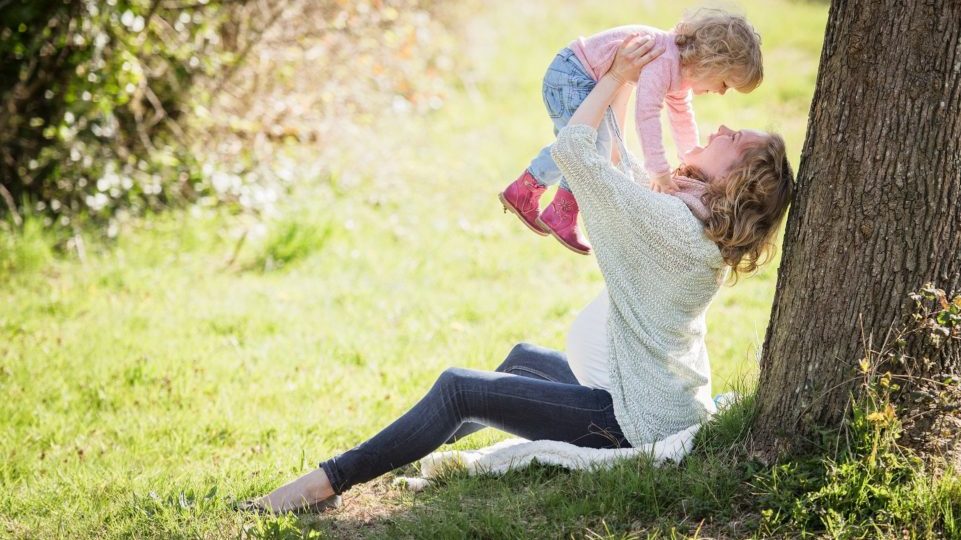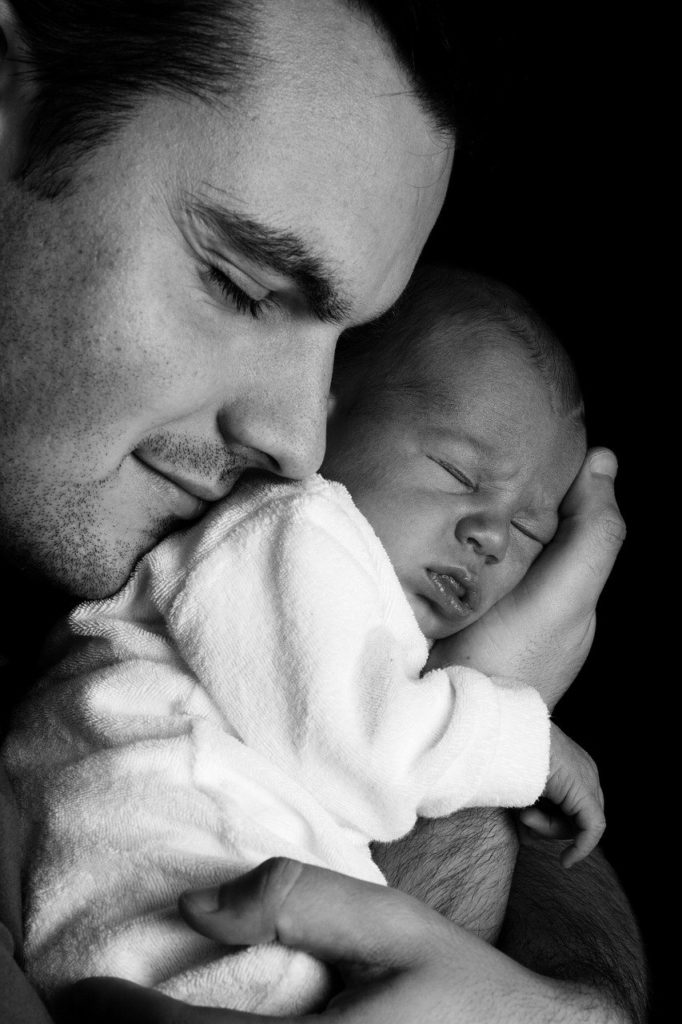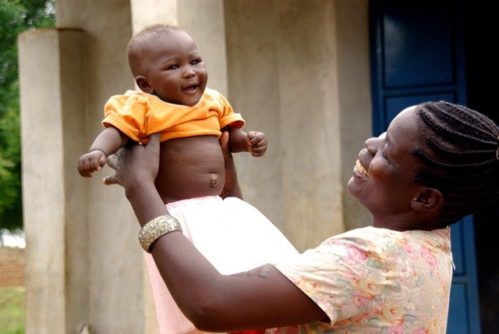
Jiggles & cuddles help babies grow

Baby Yoga is an ideal practice for creating the balance between stimulation and calm that helps babies grow. Finding this balance is of supreme importance during the time of COVID, as we go out less on shorter and rainy days. Our home environments are often, without us realising it, full of overpowering stimuli for infants. Each baby is unique. Jiggles that make some four months old babies ecstatic might cause distress to others. Like all of us, babies have off days when they crave for quiet and cuddles. Babies need both cuddles and jiggles and baby yoga can help with the challenge of finding balance.
Cuddles, not just touch…
Cuddles meet a deep human need. For Sharp et al (2015) ‘evidence from neurophysiology and functional neuro-imaging has given rise to the hypothesis that social, affective touch belongs to a distinct category of tactile experience’. They found that high-risk babies developed normally if their mothers gave them many cuddles and caresses during early infancy.
Outside the context of a friendly, multi-sensory interaction, babies may find massage stressful. Newborns stroked in silence, without eye contact and gentle movements, were shown to experience a surge rather than a drop of their cortisol levels (White-Traut et al, 2009). In a series of experiments, researchers found that infants experienced slower heart rates, reduced body movement, and reduced crying when they were held by an adult who was walking from place to place (Esposito et al 2013).

Jiggles start with small steps
Kinaesthetic awareness -the feeling of the body in motion- and proprioception -the perception of the position and movement of the body in space-, are crucial to babies’ experience of safety and security, both physical and emotional. The neuroscientist Carla Hannaford was ahead of her time in highlighting the importance of movement for learning: ‘all learning in the first fifteen months of life is centred on the vestibular system development” (2005). Birthlight Baby Yoga sequences are designed to provide safe and age-appropriate jiggles that delight babies.
The power of parental sensitivity and responsiveness – the ability to “read” babies’ cues and give them what they need in a timely way, is key to finding the balance between cuddles and jiggles. Because this is no longer part of our global western culture of parenting, practice is needed for helping new parents to quickly acquire responsiveness. In Baby Yoga classes, face to face or online, parents can learn to observe their babies interactively and gain greater awareness of mindful stimulation. Is it time for jiggles? Try small movements first before trying high throws. When babies receive unwanted stimulation, their cortisol levels rise (Feldman et al 2010). When they are held upside down or jiggled just at the right time and in the right amount for them individually, the world becomes a happy place.
Esposito G, Yoshida S, Ohnishi R, Tsuneoka Y, Rostagno Mdel C, Yokota S, Okabe S, Kamiya K, Hoshino M, Shimizu M, Venuti P, Kikusui T, Kato T, Kuroda KO. 2013. Infant calming responses during maternal carrying in humans and mice. Current Biology 23(9):739-45.
Feldman R, Singer M, and Zagoory O. 2010. Touch attenuates infants’ physiological reactivity to stress. Dev Sci. 13(2):271-8.
Hannaford, Carla. 2005 (1995). Why Learning is not All in your Head. Second edition ebook.
Sharp H, Hill J, Hellier J, N.S. Pickles A. 2015. Maternal antenatal anxiety, postnatal stroking and emotional problems in children: outcomes predicted from pre- and postnatal programming hypotheses. Psychol Med. 28:1-15.
White-Traut, R. et al. 2009. Salivary cortisol and behavioral state responses of healthy newborn infants to tactile-only and multisensory interventions. Journal of Obstetric, Gynecologic, and Neonatal Nursing: Jognn / Naacog. 38: 22-34